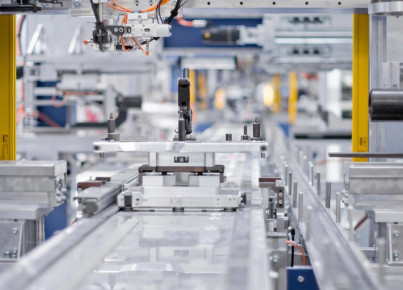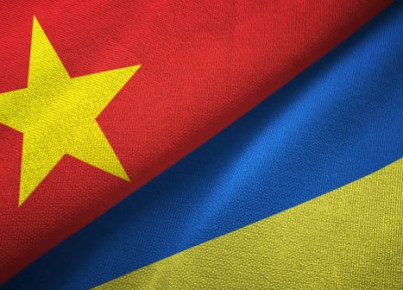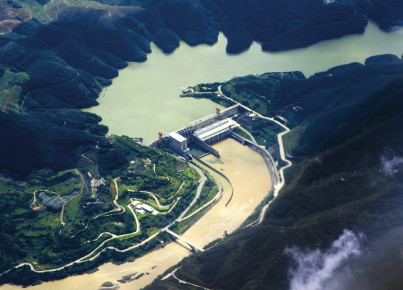How and why the Free Trade Agreement marks a turning point in their diplomatic relations
“Trade agreements offer our companies a chance to access new emerging markets and create jobs for Europeans. I strongly believe that this agreement will also become an opportunity for people of Vietnam to enjoy a more prosperous economy and witness a positive change and stronger rights as workers and citizens in their home country.”
These words were used by the President of the European Commission Ursula von der Leyen to comment on the entry into force of the EU-Vietnam Free Trade Agreement (EVFTA) on Aug.1st, 2020. The agreement was defined as the most comprehensive trade agreement the EU has concluded with a developing country. It will ultimately scrap duties on 99% of all goods traded between the two sides by ten years. The agreement, however, represents a turning point not only for economic relations but also for diplomatic ones.
EU-Vietnam diplomatic relations officially began in 1990. It was just a few years after Vietnam’s shift towards a market-oriented economy through the Đổi Mới economic reform (lit: “restoration”). Scholars Nguyen and Mascitelli call this period “befriending each other”, but in practice, it was a one-direction approach: the EU began this relationship by providing humanitarian relief and supporting sustainable development projects. At least until 2006, when the Vietnamese economy began to grow rapidly. Trade and economic relations became far more important than aid in this second phase, which is called “strengthening the friendship”. In this period Vietnam joined the WTO (2007) and began negotiating the Agreement with the EU. Today, the EU is the fourth’s biggest trading partner of Vietnam. Vietnam is the EU's 17th trade-in goods partner,, and the EU's second-largest trading partner in the Association of Southeast Asian Nations (ASEAN). Moreover, with a total foreign direct investment stock of €6.1 billion (2017), the EU is one of the largest foreign investors in Vietnam.
Not only for Vietnam but also other South East Asian countries, China’s claims in the South China Sea are a sensitive issue. None of them dares to balance against China today: partly because of the fear to lose economic benefits offered by China’s Belt and Road Initiative; partly because they can’t seem to find an assertive ally in the US. In this context, a closer relationship with the EU would provide Vietnam with a “third way” to keep growing economically. And at the same time, Vietnam wouldn’t be forced to align with China or the U.S. to survive economically, in case the conflict in the region between the two should escalate.
2020 has been an important year to strike the deal with Vietnam. In fact, in 2020 the country held the Presidency of the ASEAN Regional Forum. Hanoi called for the region to be “Cohesive and Responsive” in reaction to the threats posed by the new global challenges. This approach is likely to lever a common alignment in diplomatic relations with the EU too.
From the EU’s perspective, the agreement paves the way for future agreements with other ASEAN countries. It follows that in the antagonisms between two big powers, the US and China, the ASEAN countries emerge as a key partner for the EU. Not only for trade but also for strengthening the EU sphere of influence in the region. On Sept. 20th, 2020, in the official press release, even the EU High Representative Josep Borrell reiterated that strengthening the EU-ASEAN partnership is an urgent necessity.
2020 has not been a key year for Vietnam only. In 2020 the EU discovered the urgent need, spotlighted by the Covid-19 crisis, to diversify the supply chain and make its productive system stronger. Until now, the EU’s supply-chain has been too dependent on a single country. When China shut down factories, the entire Union had suddenly no way to maintain its productivity. Plans are now to present a strategy to reduce the vulnerability of core industries to potential disruptions in trade flows. In this context, Vietnam is a precious ally. This because Vietnam already emerged among other partners as a valid alternative at the beginning of trade tensions among Washington and Beijing. Today, it is one of the favourite destinations for European companies Foreign Direct Investments (FDIs). Especially Italian companies are active in transferring productive capacities from China to Southeast Asia: Vietnam represents the best option possibile in the region thanks to the attractiveness of its economic system. And this trend is likely to continue in the future.
With the official ratification, happened this summer, it can be stated that a new phase in diplomatic relations has started: “mutual support”, or need from each other. From humanitarian assistance, to trade and economic relations, to finally geopolitical strategy in times of US- China rivalry and the emergence of new geopolitical forces. If spent properly, the agreement is an opportunity that could turn into an impressive strategic alliance.






